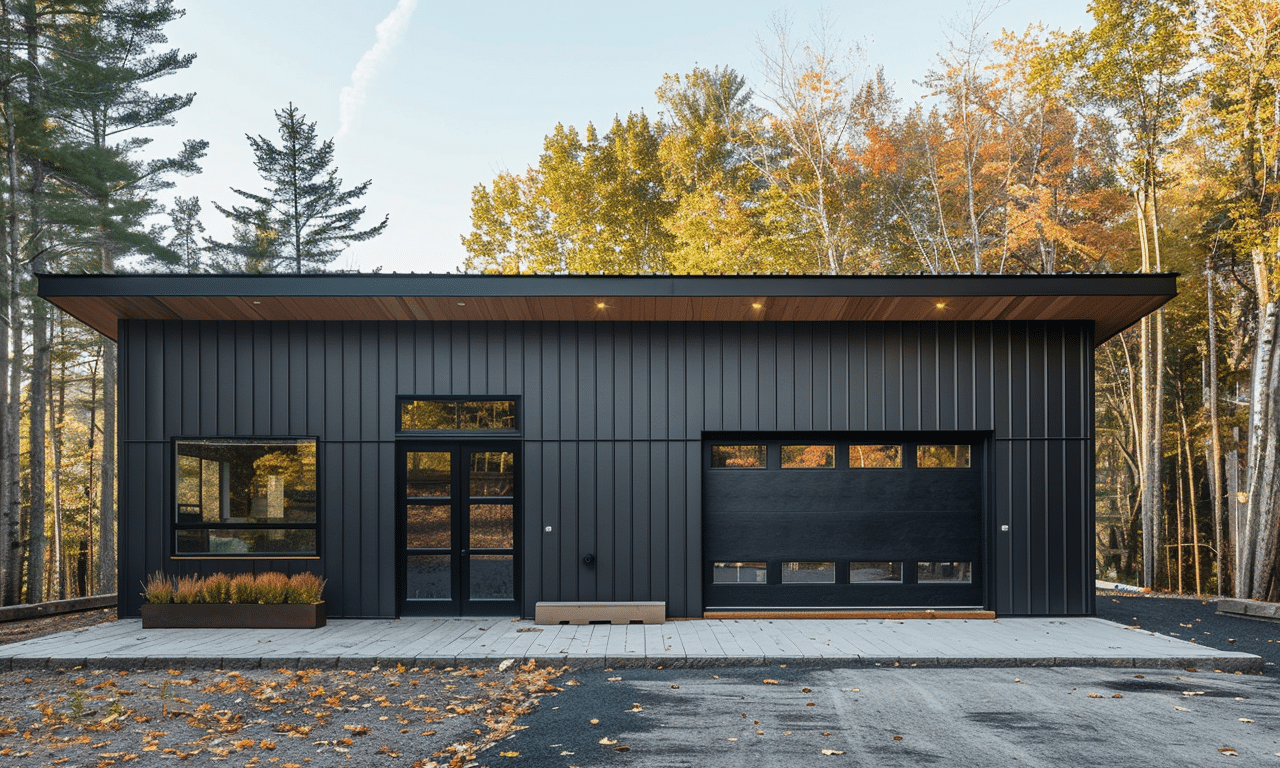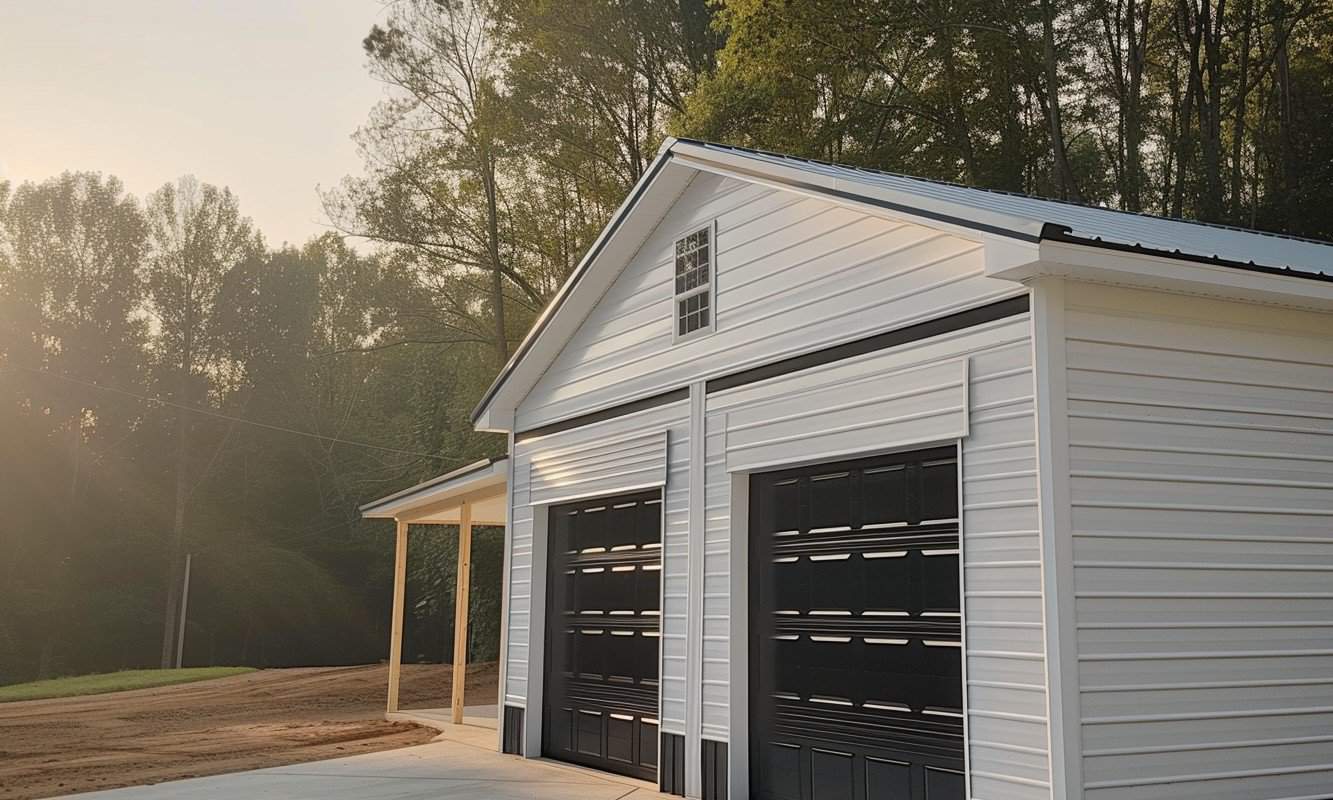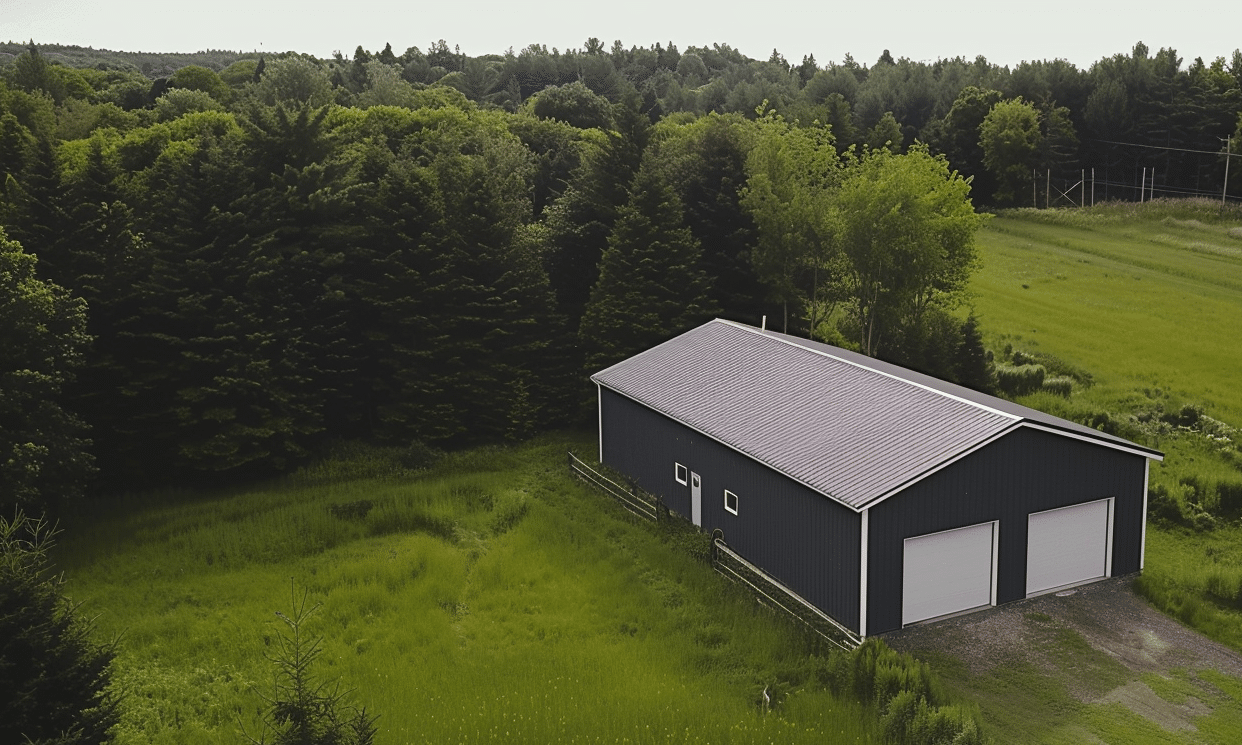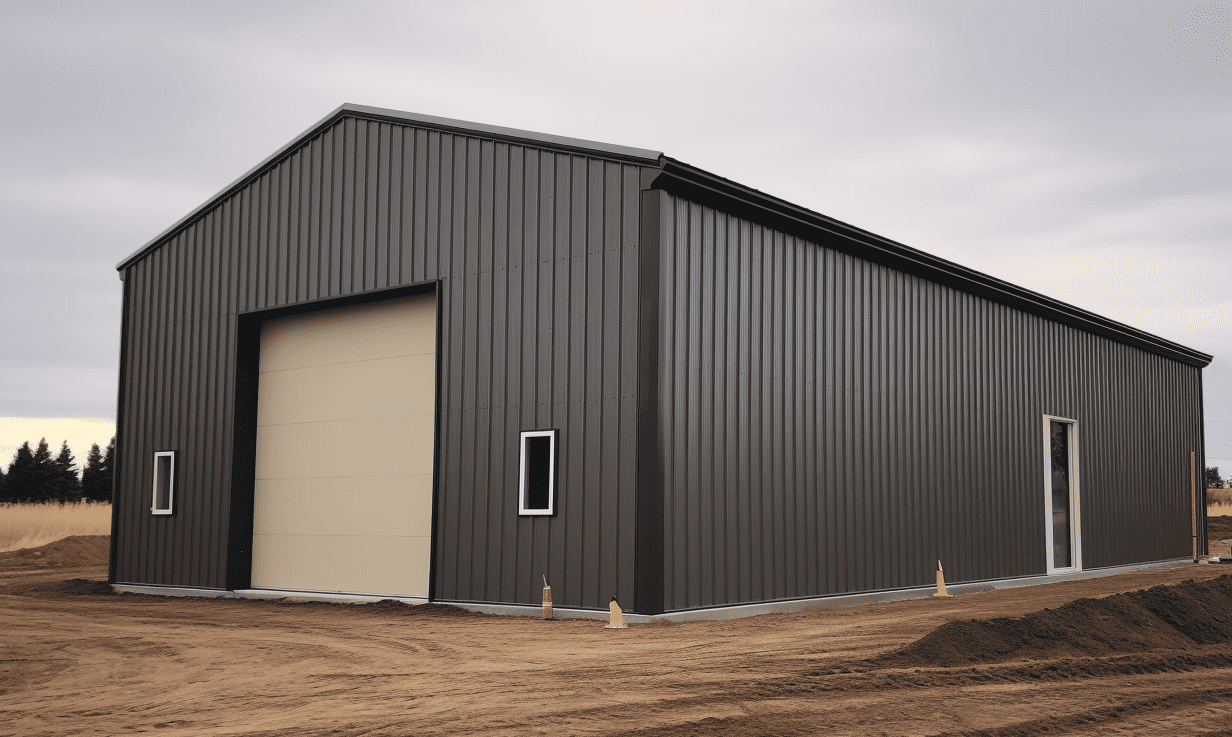Heading Towards a Greener Tomorrow
In today’s era of rapid development and urbanization, sustainability in construction practices has become more crucial than ever. But what exactly does sustainable construction mean? At its core, it’s about creating structures that are not only efficient and environmentally friendly but also durable and cost-effective. This holistic approach to building seeks to reduce the overall impact on the environment while maintaining the highest standards of safety and functionality. By adopting sustainable construction practices, we ensure that we’re not just building structures but also investing in the future of our planet.
Why Go Green?
Have you ever considered how much energy and resources are consumed during the construction process? Admittedly, the numbers are staggering. By shifting towards sustainable methods, energy consumption can be drastically reduced, leaving a lighter carbon footprint. Furthermore, sustainable construction emphasizes the use of renewable resources, which means less dependency on non-renewable materials and a significant reduction in pollution.
How to Integrate Sustainable Practices
The path towards sustainable construction practices requires commitment and innovative thinking. Incorporating the right set of materials and techniques can make all the difference:
1. **Embrace Steel:** Steel is an excellent material choice for green building. It’s durable, easily recyclable, and offers superior sustainability. The Environmental Benefits of Steel Buildings are numerous, making it a top choice for eco-conscious builders.
2. **Energy Efficiency:** One way to enhance a building’s sustainability is by maximizing its energy efficiency. This can be achieved by installing energy-efficient windows, roofing, and insulation. Leveraging natural light through strategic window placement can further reduce energy consumption.
3. **Sustainable Siding:** When it comes to choosing cladding for your steel building, explore various exterior siding options. Some materials, such as reclaimed wood or sustainable metals, offer both aesthetic appeal and environmental benefits.
4. **Innovative Technologies:** Investing in cutting-edge technologies like smart thermostats, solar panels, and energy-efficient HVAC systems can make buildings smarter and more sustainable.

Materials That Matter
When it comes to building sustainably, selecting the right materials is paramount. Steel, as mentioned, remains at the forefront due to its recyclability and long lifespan. Other materials include bamboo, recycled wood, and low VOC (volatile organic compound) paints. These choices can contribute to creating a building that’s not only strong but also safe for both its inhabitants and the environment.
Building Codes and Standards
Understanding the regulatory environment for sustainable construction is critical. Organizations like the U.S. Green Building Council set the benchmarks for sustainable practices and guide us towards achieving a greener future. Moreover, various local jurisdictions have their unique codes and standards which elevate the baseline for sustainable building.
The Role of Steel in Ontario’s Green Push
Ontario has been a trailblazer in adopting sustainable construction practices, especially concerning steel buildings. Ontario steel construction companies have embraced this movement, showcasing projects that are both revolutionary and eco-friendly. By aligning with organizations like Your Building Team, you can ensure your project meets the most stringent green building standards.

Best Practices for Sustainable Construction
Leaning into the principles of sustainable construction requires a collective effort from all stakeholders involved. Some of the best practices include:
– **Life Cycle Assessment (LCA):** Evaluating the environmental impact from the beginning to the end of a building’s life cycle. This ensures that every phase of construction, operation, and demolition is optimized for sustainability.
– **Siting and Land Use Planning:** Considerations around the geographical location and the potential environmental impact of a construction project are essential. Prioritize sites that require minimal land disruption and utilize brownfield sites where possible.
– **Water Efficiency:** Implementing systems like rainwater harvesting, greywater recycling, and low-flow fixtures can significantly reduce the water footprint of a construction project.

A Joint Effort
Achieving true sustainability in construction is akin to orchestrating a symphony — every piece must play its part harmoniously. It’s about the architects, builders, and clients all singing the same eco-friendly tune. By making smart, informed decisions at each stage of a project, we set the stage for a construction industry that’s as viable as it is visionary.
In conclusion, while the path to sustainable construction practices might be paved with challenges, the rewards outweigh the hurdles. Not only do green buildings offer environmental benefits, but they can also lead to significant savings in terms of energy consumption and operational costs. So why wait? Embrace sustainable construction practices today and be part of a brighter, greener tomorrow.










